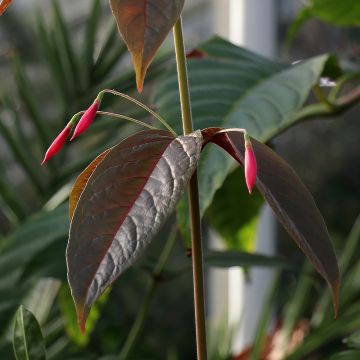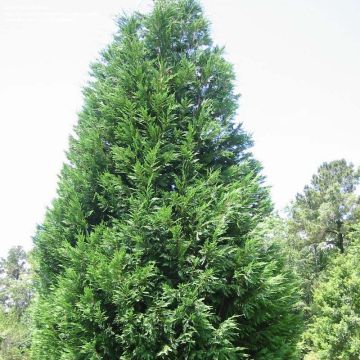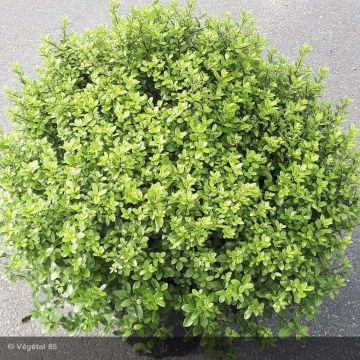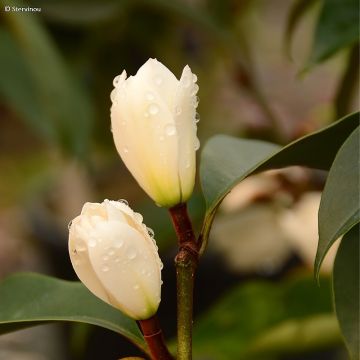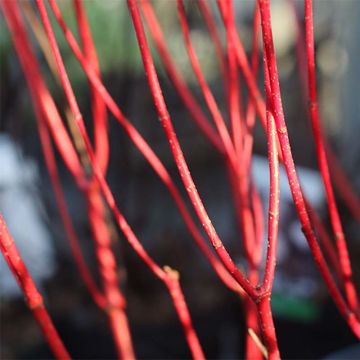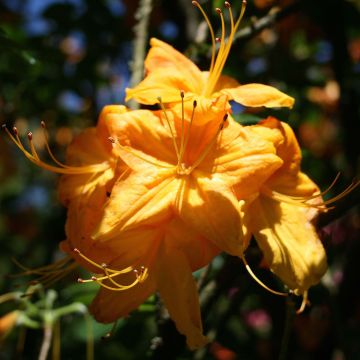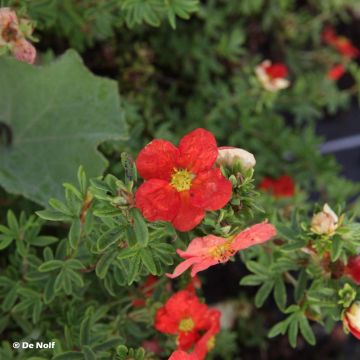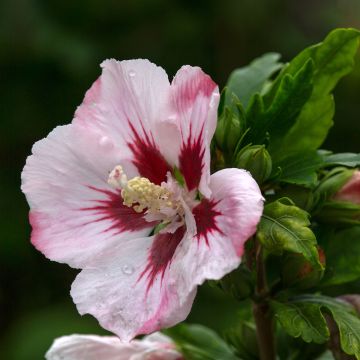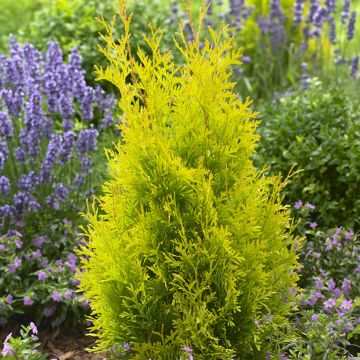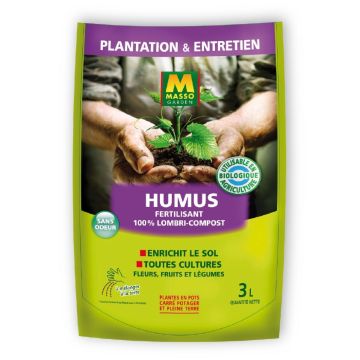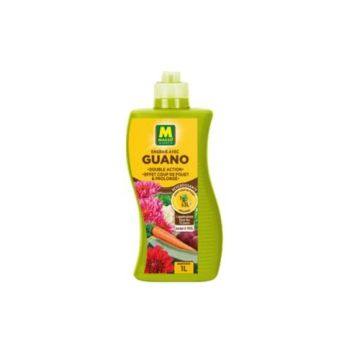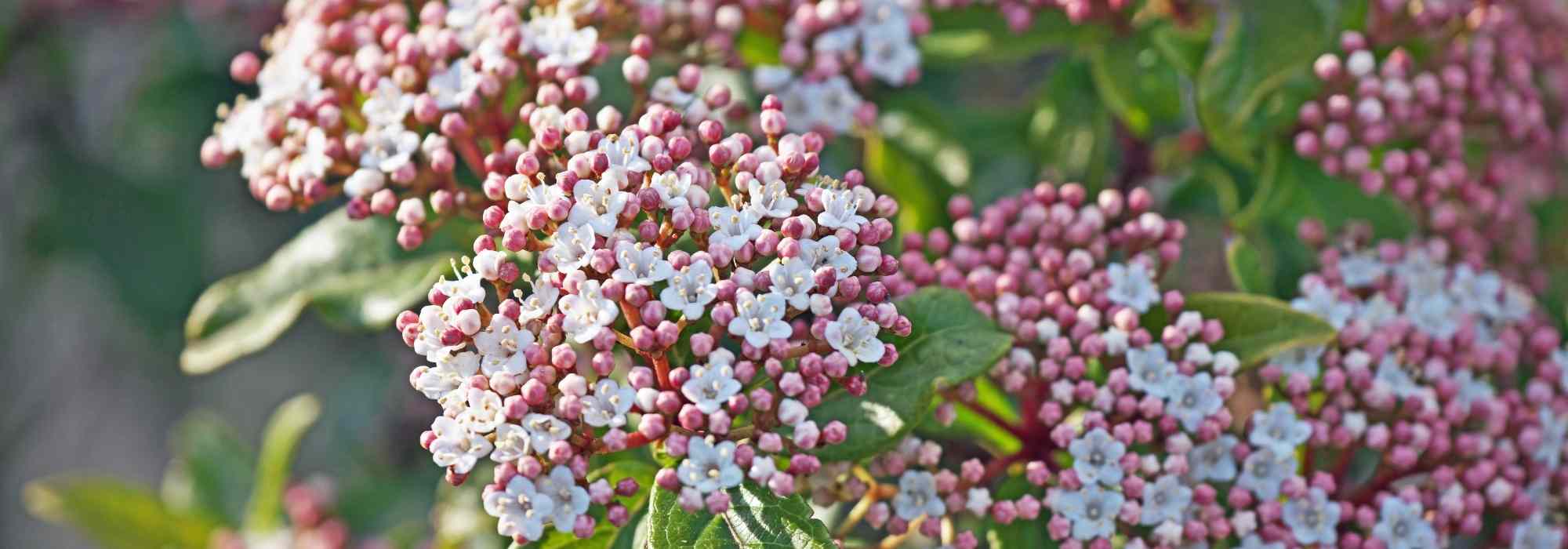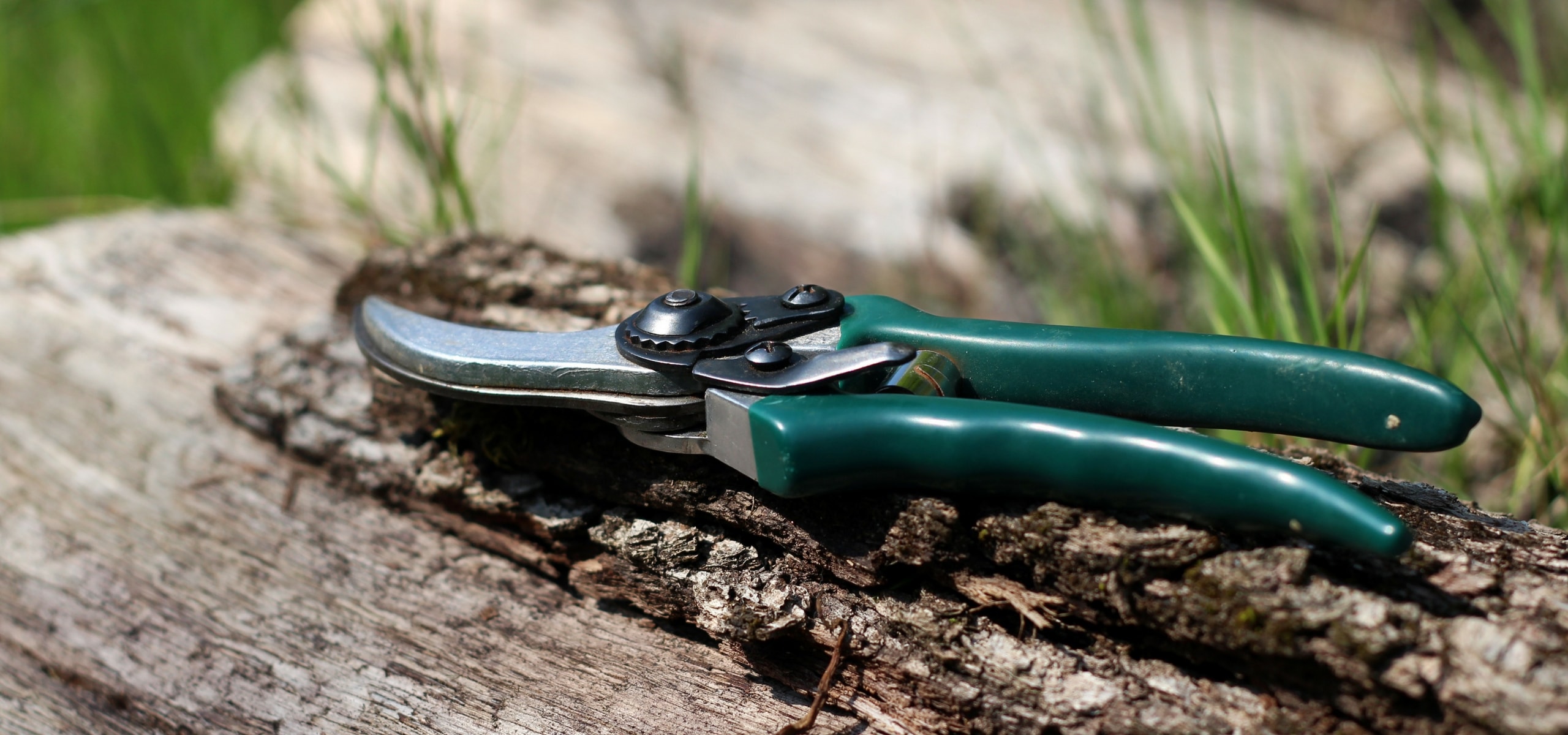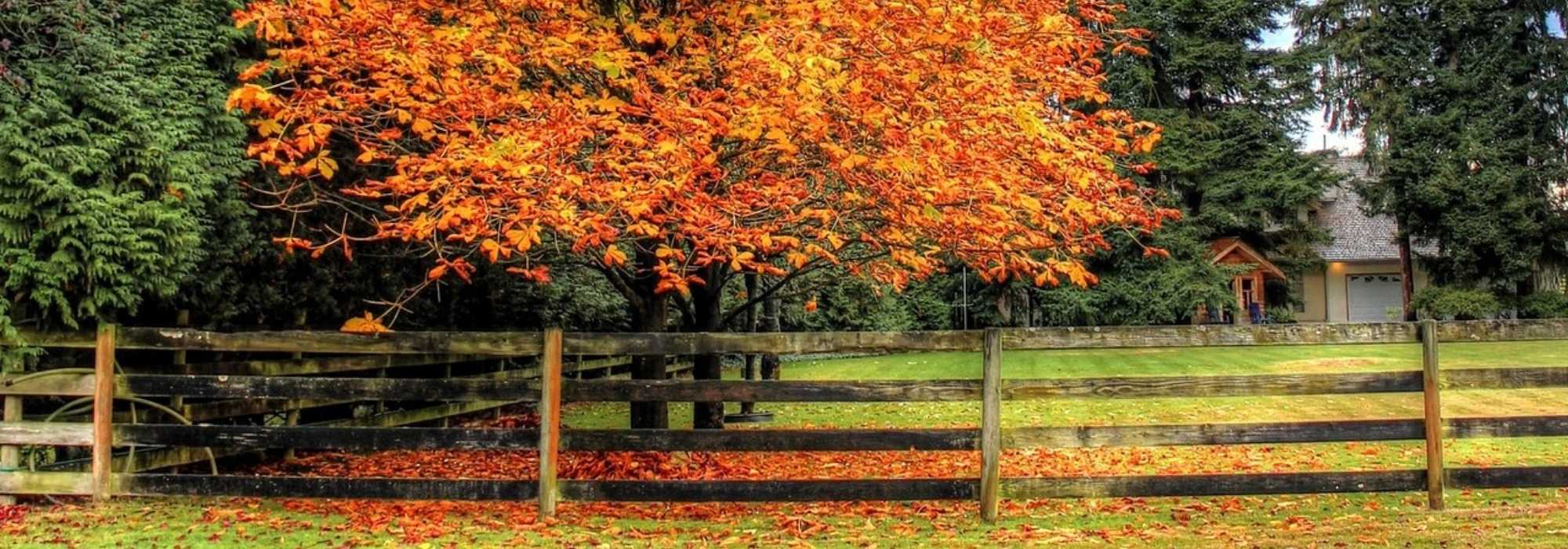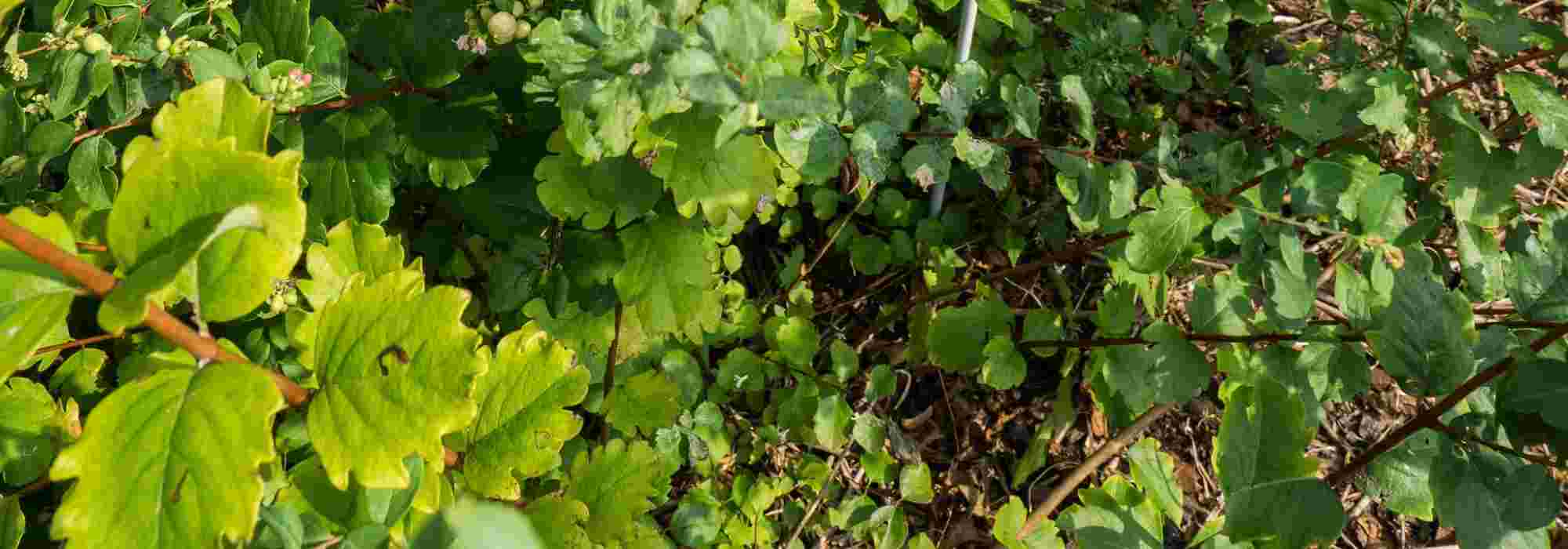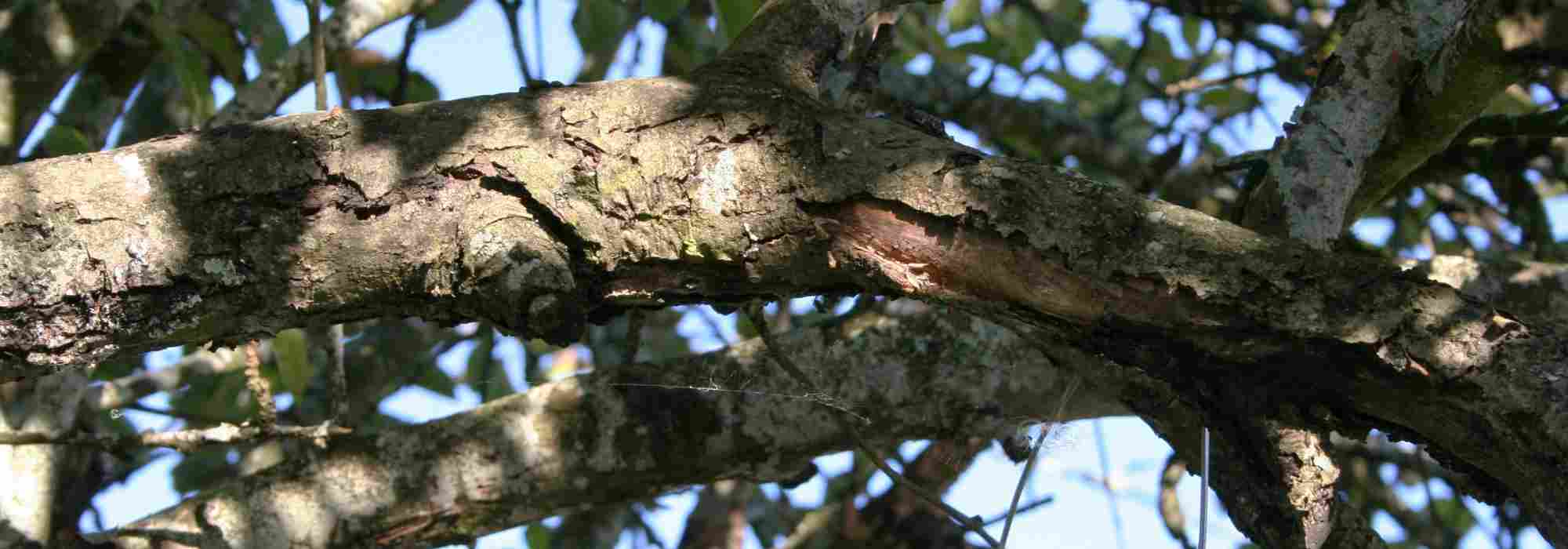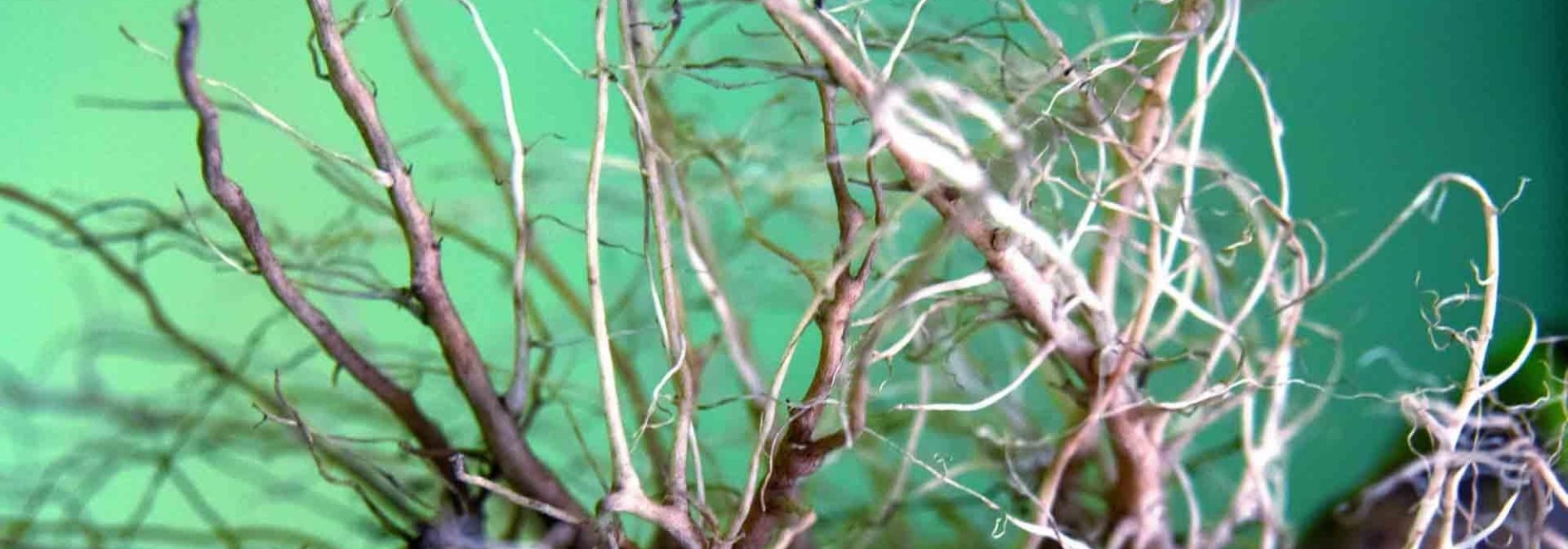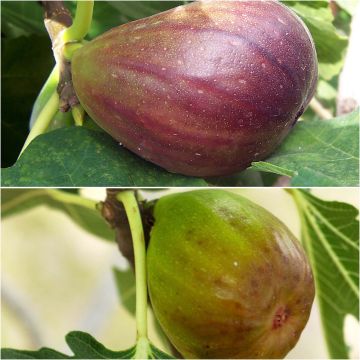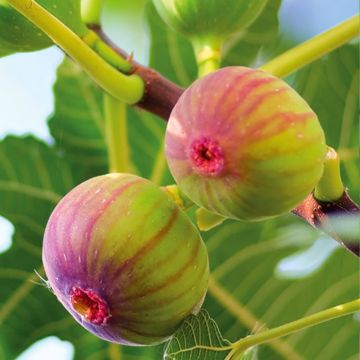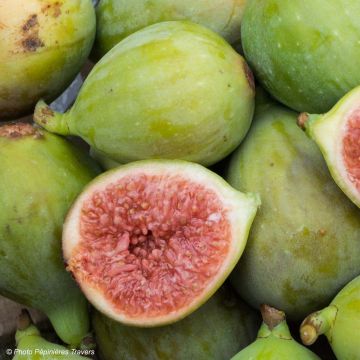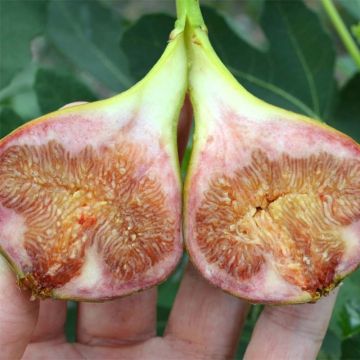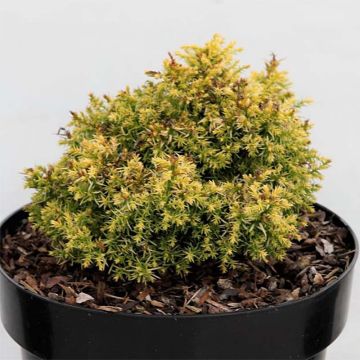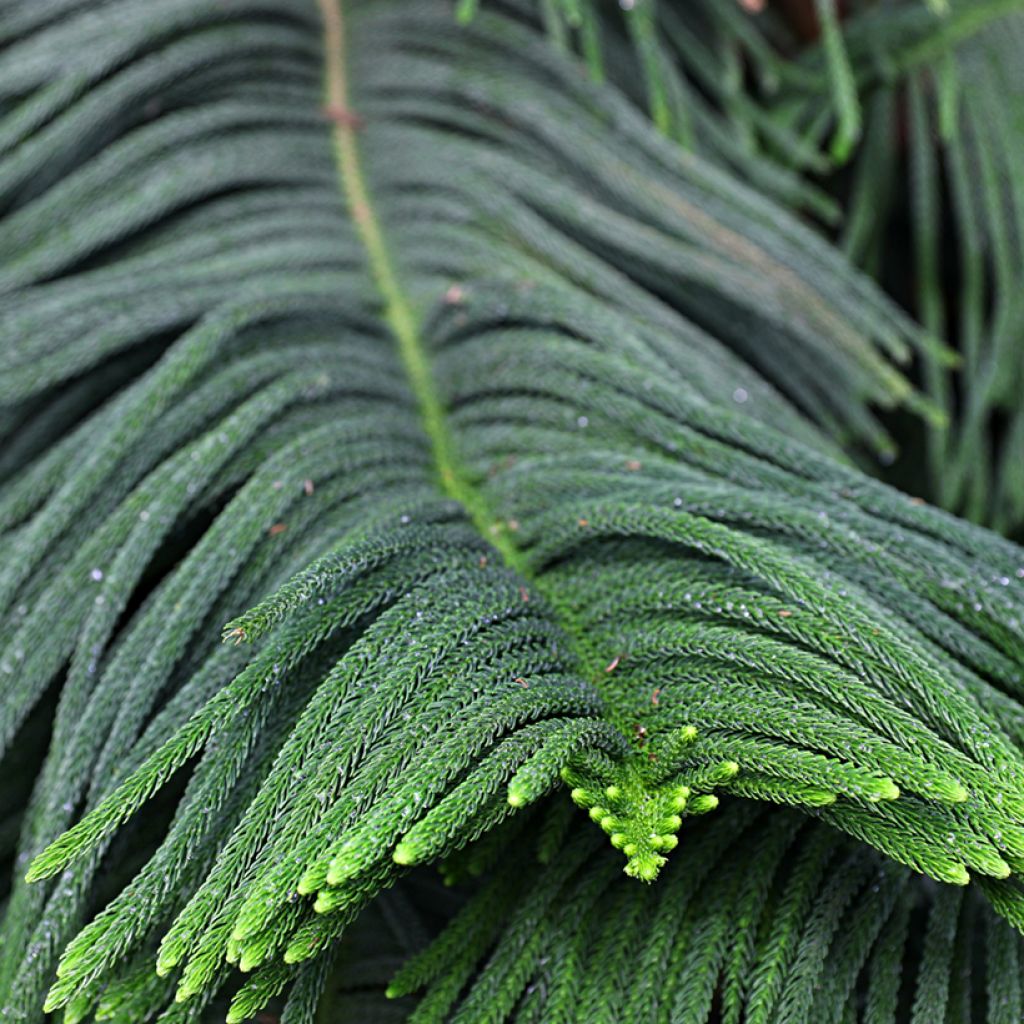

Araucaria heterophylla - Norfolk Island pine
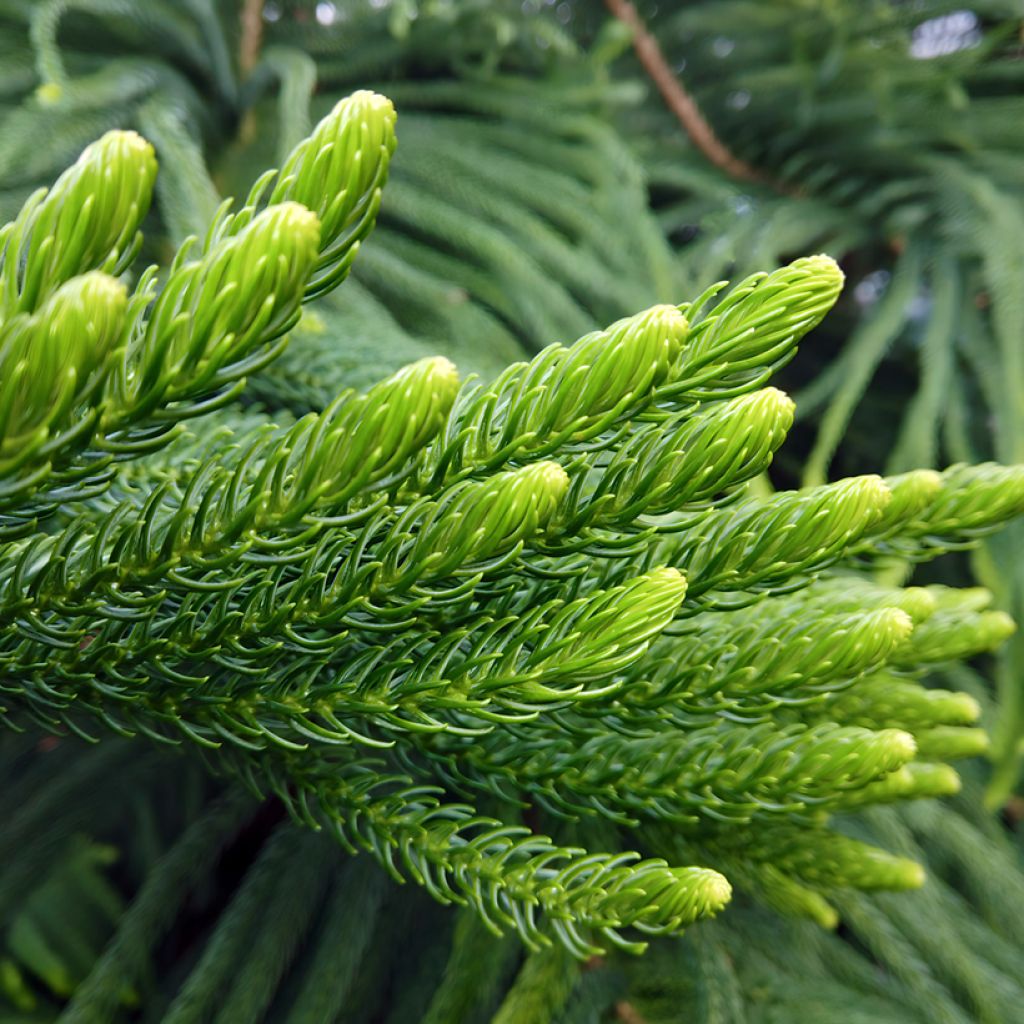

Araucaria heterophylla - Norfolk Island pine
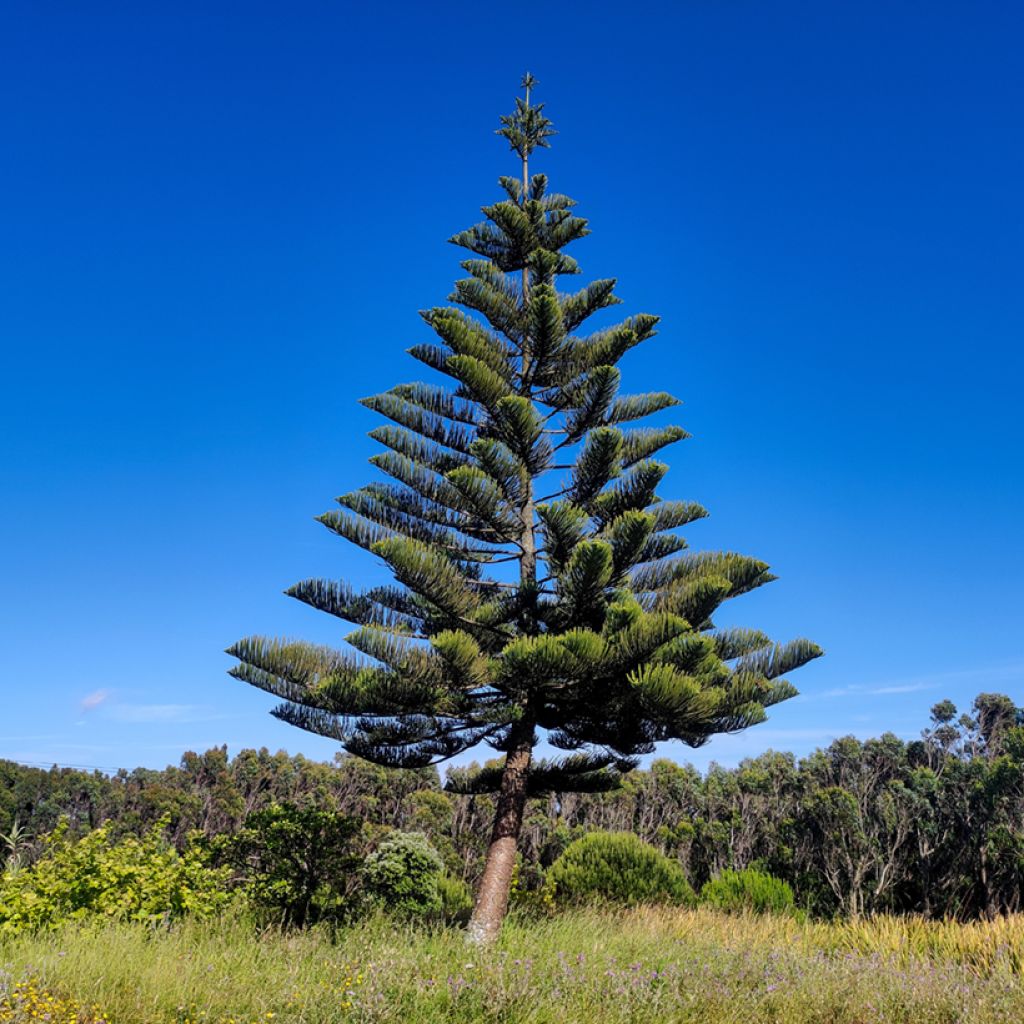

Araucaria heterophylla - Norfolk Island pine
Araucaria heterophylla - Norfolk Island pine
Araucaria heterophylla
Norfolk Island pine
Special offer!
Receive a €20 voucher for any order over €90 (excluding delivery costs, credit notes, and plastic-free options)!
1- Add your favorite plants to your cart.
2- Once you have reached €90, confirm your order (you can even choose the delivery date!).
3- As soon as your order is shipped, you will receive an email containing your voucher code, valid for 3 months (90 days).
Your voucher is unique and can only be used once, for any order with a minimum value of €20, excluding delivery costs.
Can be combined with other current offers, non-divisible and non-refundable.
Home or relay delivery (depending on size and destination)
Schedule yourself the delivery date,
and choose your date in cart
This plant benefits a 24 months rooting warranty
More information
We guarantee the quality of our plants for a full growing cycle, and will replace at our expense any plant that fails to recover under normal climatic and planting conditions.
Does this plant fit my garden?
Set up your Plantfit profile →
Description of Araucaria heterophylla - Norfolk Island pine
The Norfolk Island Pine, in Latin Araucaria heterophylla, is a frost-sensitive conifer that makes an elegant houseplant outside the mildest coastal areas. It is prized for its pyramidal silhouette and symmetrically tiered branches. Its fine, flexible needles are a soft, fresh green. In a pot, in temperate climates, its growth is very slow, taking several years to reach 1 to 2 m, which remains manageable. To limit its development, choose a pot that is not too large and avoid overfeeding it with fertilisers. It will grow slowly and remain an adorable little indoor fir tree!
Araucaria heterophylla, commonly known as the Norfolk Island Pine, belongs to the Araucariaceae family. Native to Norfolk Island, located in the South Pacific between Australia, New Zealand, and New Caledonia, this species is endemic to this region. In its natural habitat, the tree can reach a height of 50 to 65 m. It develops a very straight trunk and symmetrical branches arranged in regular tiers. The young leaves are awl-shaped, curved, measuring 1 to 1.5 cm in length and about 1 mm in thickness. As the tree matures, the leaves become larger, reaching 5 to 10 cm in length and 2 to 4 mm in thickness. The male cones are cylindrical. The female cones are globose, measuring 10 to 12 cm in diameter. Edible seeds are released when the mature cones disintegrate.
The Araucaria genus includes several species of conifers mainly distributed in the southern hemisphere, particularly in South America, Australia, New Zealand, and the Pacific Islands. These trees are recognisable by their majestic habit and scale, or needle-shaped leaves. Araucaria heterophylla stands out for its symmetry and tolerance to coastal conditions. Note that this conifer cannot tolerate frost.
As an indoor plant, the Norfolk Island Pine prefers bright light. It can even tolerate a few hours of direct sunlight, except during the hottest hours (between 12 pm and 4 pm). Moderate ambient humidity is ideal, and it is recommended to maintain the temperature between 18 and 22 °C during the active growth period. In winter, a cooler temperature of around 8 to 12 °C is beneficial for the plant. It is essential to avoid cold draughts and sudden temperature fluctuations.
If your garden is located by the sea, you can try acclimatising the Norfolk Island Pine in the ground. This conifer thrives in very mild and humid climates. It can then be placed as a standalone specimen in deep, well-drained, non-calcareous soil, preferably rich in humus. Everywhere else, you will grow it in a pot indoors for at least part of the year. It should be overwintered in a temperate greenhouse or conservatory, like a citrus tree.
Araucaria heterophylla - Norfolk Island pine in pictures
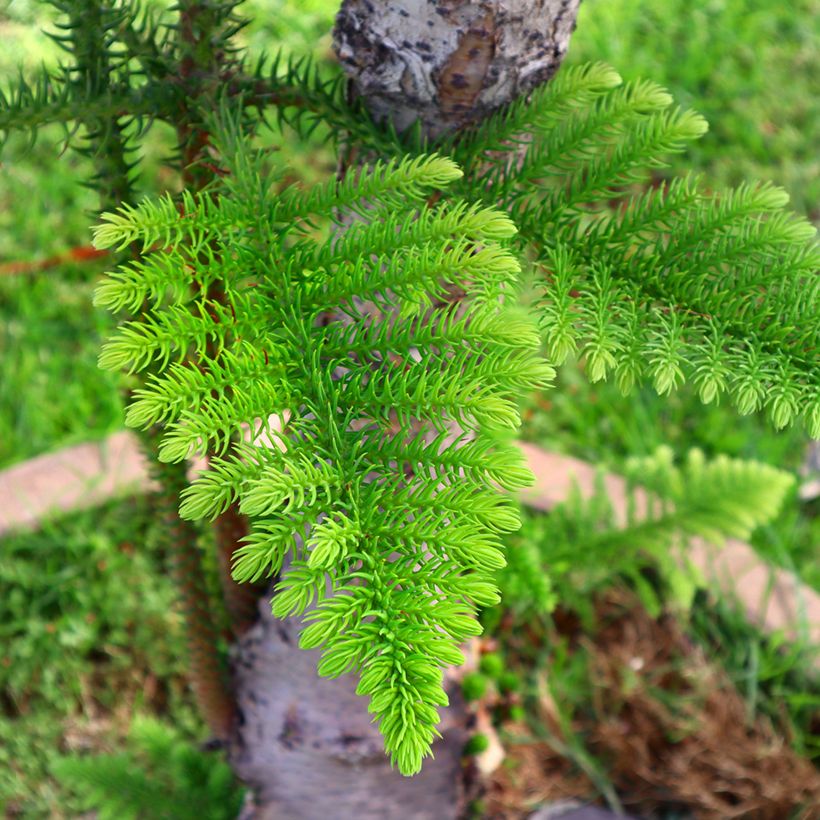

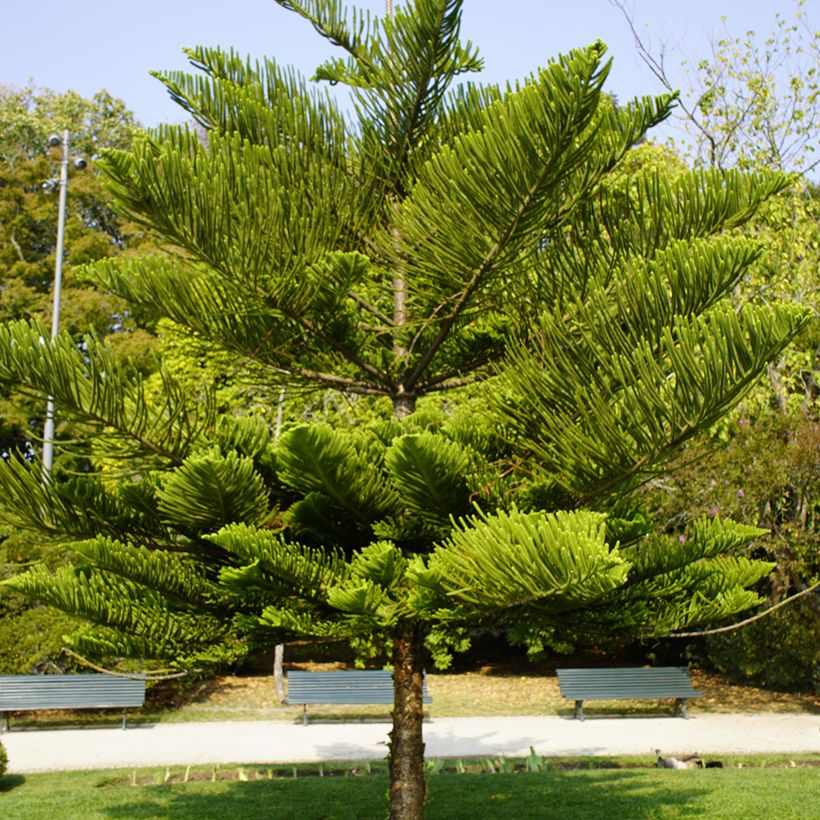

Plant habit
Foliage
Botanical data
Araucaria
heterophylla
Araucariaceae
Norfolk Island pine
Eutassa heterophylla
Oceania
Other Shrubs A to Z
View All →Planting of Araucaria heterophylla - Norfolk Island pine
The Norfolk Island Pine is a conifer that can only be planted in the ground in coastal regions with very mild and humid climates. Elsewhere, it is grown in pots indoors.
Outdoor cultivation: Choose a sunny to partially shaded location, sheltered from cold winds. Araucaria tolerates sea spray well. Plant it in deep, well-drained, non-calcareous soil, ideally slightly acidic to neutral. The ideal planting period is spring. Dig a hole at least twice the size of the root ball, loosen the bottom, and mix mature compost with the original soil to enrich the substrate. After planting, water generously to help establish the roots. In the first few years, keep the soil slightly moist, especially during dry periods. Apply a layer of organic mulch around the base to retain moisture and protect the shallow roots. Avoid pruning the tree, except to remove dead or damaged branches.
Pot cultivation: Place it in a pot at least 20% wider than the original nursery pot, using standard houseplant compost. Avoid using clay pebbles at the bottom of the pot, as they can cause water stagnation and root rot; opt for a well-draining substrate instead. Position the plant in a bright spot but sheltered from direct sunlight during the hottest hours. In summer, water regularly, allowing the substrate to dry slightly between waterings. In winter, reduce watering, keeping the soil just moist. Place the Norfolk Island Pine in a slightly cooler room during winter. Repot the plant every two years or so, or top-dress if it exceeds 1m in height. Avoid pruning the tree, except to remove dry or damaged branches.
When to plant?
Where to plant?
Care
Planting & care advice
This item has not been reviewed yet; be the first to leave your review about it.
Similar products
You have not found what you were looking for?
Hardiness (definition)

Photo Sharing Terms & Conditions
In order to encourage gardeners to interact and share their experiences, Promesse de fleurs offers various media enabling content to be uploaded onto its Site - in particular via the ‘Photo sharing’ module.
The User agrees to refrain from:
- Posting any content that is illegal, prejudicial, insulting, racist, inciteful to hatred, revisionist, contrary to public decency, that infringes on privacy or on the privacy rights of third parties, in particular the publicity rights of persons and goods, intellectual property rights, or the right to privacy.
- Submitting content on behalf of a third party;
- Impersonate the identity of a third party and/or publish any personal information about a third party;
In general, the User undertakes to refrain from any unethical behaviour.
All Content (in particular text, comments, files, images, photos, videos, creative works, etc.), which may be subject to property or intellectual property rights, image or other private rights, shall remain the property of the User, subject to the limited rights granted by the terms of the licence granted by Promesse de fleurs as stated below. Users are at liberty to publish or not to publish such Content on the Site, notably via the ‘Photo Sharing’ facility, and accept that this Content shall be made public and freely accessible, notably on the Internet.
Users further acknowledge, undertake to have ,and guarantee that they hold all necessary rights and permissions to publish such material on the Site, in particular with regard to the legislation in force pertaining to any privacy, property, intellectual property, image, or contractual rights, or rights of any other nature. By publishing such Content on the Site, Users acknowledge accepting full liability as publishers of the Content within the meaning of the law, and grant Promesse de fleurs, free of charge, an inclusive, worldwide licence for the said Content for the entire duration of its publication, including all reproduction, representation, up/downloading, displaying, performing, transmission, and storage rights.
Users also grant permission for their name to be linked to the Content and accept that this link may not always be made available.
By engaging in posting material, Users consent to their Content becoming automatically accessible on the Internet, in particular on other sites and/or blogs and/or web pages of the Promesse de fleurs site, including in particular social pages and the Promesse de fleurs catalogue.
Users may secure the removal of entrusted content free of charge by issuing a simple request via our contact form.
The flowering period indicated on our website applies to countries and regions located in USDA zone 8 (France, the United Kingdom, Ireland, the Netherlands, etc.)
It will vary according to where you live:
- In zones 9 to 10 (Italy, Spain, Greece, etc.), flowering will occur about 2 to 4 weeks earlier.
- In zones 6 to 7 (Germany, Poland, Slovenia, and lower mountainous regions), flowering will be delayed by 2 to 3 weeks.
- In zone 5 (Central Europe, Scandinavia), blooming will be delayed by 3 to 5 weeks.
In temperate climates, pruning of spring-flowering shrubs (forsythia, spireas, etc.) should be done just after flowering.
Pruning of summer-flowering shrubs (Indian Lilac, Perovskia, etc.) can be done in winter or spring.
In cold regions as well as with frost-sensitive plants, avoid pruning too early when severe frosts may still occur.
The planting period indicated on our website applies to countries and regions located in USDA zone 8 (France, United Kingdom, Ireland, Netherlands).
It will vary according to where you live:
- In Mediterranean zones (Marseille, Madrid, Milan, etc.), autumn and winter are the best planting periods.
- In continental zones (Strasbourg, Munich, Vienna, etc.), delay planting by 2 to 3 weeks in spring and bring it forward by 2 to 4 weeks in autumn.
- In mountainous regions (the Alps, Pyrenees, Carpathians, etc.), it is best to plant in late spring (May-June) or late summer (August-September).
The harvesting period indicated on our website applies to countries and regions in USDA zone 8 (France, England, Ireland, the Netherlands).
In colder areas (Scandinavia, Poland, Austria...) fruit and vegetable harvests are likely to be delayed by 3-4 weeks.
In warmer areas (Italy, Spain, Greece, etc.), harvesting will probably take place earlier, depending on weather conditions.
The sowing periods indicated on our website apply to countries and regions within USDA Zone 8 (France, UK, Ireland, Netherlands).
In colder areas (Scandinavia, Poland, Austria...), delay any outdoor sowing by 3-4 weeks, or sow under glass.
In warmer climes (Italy, Spain, Greece, etc.), bring outdoor sowing forward by a few weeks.































